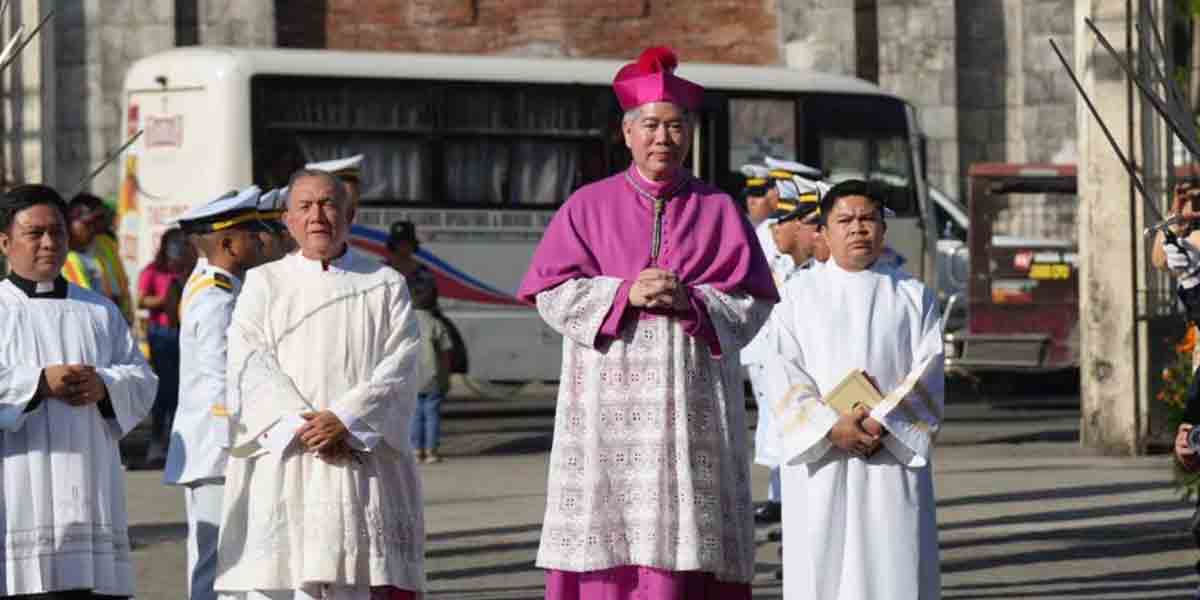
By Rjay Zuriaga Castor
A new world heritage marker for the centuries-old Miagao Church, also known as the Santo Tomás de Villanueva Parish, was officially unveiled and turned over to the local government and residents of Miagao town on Monday, April 29.
The unveiling of the new marker is a tripartite agreement among the National Historical Commission of the Philippines (NHCP), the United Nations Educational, Scientific and Cultural Organization (UNESCO), and the National Commission for Culture and the Arts (NCCA) to preserve and promote the Baroque churches of the Philippines.
NCCA chairperson Victorino Mapa Manalo said the Miagao Church has “outstanding universal values” with its unique architectural style and its “environmental value” as shown in the thick and reinforced walls and buttresses built primarily using corals and limestones — materials that are now dwindling in availability due to the impacts of climate change.
Ivan Henares, secretary-general of the UNESCO National Commission of the Philippines, noted that the project is an instrument to further strengthen the collaboration in safeguarding the world’s cultural heritage.
“Receiving this marker also symbolizes our offering to the public and our nation. We extend to the public space in enriching our identity and deepening our faith. This marker not only imparts information about the significance of this church but also symbolizes our effective cooperation as Miagaonons and as Filipinos,” he added.
Henares also emphasized that the historical marker serves as an invitation for locals and tourists alike to participate and contribute to the preservation and enrichment of world heritage.
Miagao Mayor Oscar Garin Jr. echoed the same sentiment, saying the marker serves as a challenge to the local government, the church, Catholics, and tourists to preserve the church and its heritage.
“Preserving the heritage is our link; it is like the relationship of a child to its mother. It is very important for us to preserve and gather together because this church and this heritage will be our link to our education, to our culture, to our aesthetic inspirations, and to our economic legacies,” he said.
Garin highlighted that while the public may know of the site’s UNESCO World Heritage status, the new marker serves as a poignant reminder to Filipinos of its historical and cultural importance.
Miagao Parish Priest Fr. Kenneth Espelata expressed gratitude to the community for their unwavering support and involvement in preserving this architectural treasure for future generations.
He added that the Miagao Church is a testament to shared history, culture, and faith, and hoped all visitors to the sacred site would feel a sense of respect and unity, experiencing the divine presence that graces the place.
The Miagao Church is among the Baroque Churches of the country, constructed between the 16th and 18th centuries during the Spanish period of the Philippines.
According to UNESCO, the Miagao Church is an outstanding example of the country’s interpretation of the Baroque style and represents the fusion of European church design and construction with local materials and decorative motifs to form a new church-building tradition.
It was built in 1786 by Spanish Augustinian missionaries and was inscribed as a UNESCO heritage site in 1993.



















